Contents
- 1 What is digital marketing?
- 2 Digital marketing tactics and examples
- 3 What does a digital marketer do?
- 4 What business will digital marketing be good for?
- 5 What are the benefits of digital marketing?
- 6 Types of digital content you should create
- 7 How soon will the content pay off?
- 8 Does digital marketing have a big budget?
- 9 How does mobile marketing fit into a digital marketing strategy?
- 10 Conclusion
Knowing how accessible the Internet is now, would you believe me if I said that the number of people joining the World Wide Web is growing daily?
In fact, in the last three years alone, the number of “regular” users among the adult audience has increased by 5%. The Internet has significantly changed and continues to change the way people live and the way they make decisions. Shopping methods are no exception. With this in mind if you are a business owner and regularly provide products and services, then it is crucial that you make the most of online opportunities to attract customers. We all search for things online nowadays – for example, if someone needs to hire a gardener, a roofer, or an architect is highly likely that they will compare their options online first. Moreover, if you want your website to come up first then you need to invest in marketing to help your business to rise through the search engine results pages. Accordingly, if you are a home services provider, investing in marketing for home services is strongly recommended.
Life smoothly flows online. This means that offline marketing is already less effective. Marketing today is taking on a different form with the use of digital technology. The goal of marketing has always been to meet with the target audience at the right time and in the right place. Therefore, today you need to meet her where she lives – on the Internet. As we know social presence has become a requisite at the moment, so building profiles through different platforms such as Instagram, LinkedIn, and other has also become must.
Therefore, if you are not getting services for your business from Digital Marketing Agency Pakistan, then it’s time to rethink your approach to promoting your business and adopt that help to promote your business.
What is digital marketing?
Digital marketing is a set of marketing activities using various digital tactics tools and communication channels to communicate with the target audience, where potential customers spend most of their time – online.
There are a number of tactics and tools that fall under the heading of digital marketing. This is the company’s website itself and digital marketing channels – online promotion and customer acquisition channels: SEO, online advertising, email marketing, sales funnel, content marketing, teaser advertising, SMM, etc. There are many firms available to you, such as https://go-creative.com.au/
Our from stuartkerrs suggested that a business that uses different digital marketing channels has the ability to interact with the target audience much more efficiently and in a timely manner, thereby constantly increasing the number of new customers and audience loyalty to the brand.
Digital marketing tactics and examples
The best digital marketers have a clear understanding of how each digital marketing campaign supports the overall goals of the company as part of brand promotion. And depending on the goals of their marketing strategy, marketers can scale up their campaigns with both paid and free channels.
For example, a content marketer might write a series of blog posts to help generate leads based on a new eBook recently released by a company.
A social media marketer (SMM manager) will “promote” these blog posts through paid and organic posts on company profiles.
The email marketer will compose emails detailing the company and send them to those who downloaded the eBook. I’ll talk about all the specializations of digital marketers a little later.
Here’s a quick rundown of the most common digital marketing tactics and the channels that each uses.
Search Engine Optimization (SEO)

Search engine optimization of your site (aka SEO optimization) will help it occupy higher positions in search results. This increases the volume of organic (free) traffic.
SEO tools:
- Web sites;
- blogs;
- infographics
Content Marketing
This term implies the creation and promotion of content with the aim of increasing brand awareness, traffic growth, communication with the target audience, generating leads and attracting new customers.
Content marketing is considered one of the most effective and yet underrated tools for promoting an online business.
Channels for implementing your content marketing strategy:
- blog posts;
- eBooks and articles;
- podcasts;
- vlogs;
- Lead magnets;
- infographics;
- online brochures and catalogues.
Social Media Marketing (SMM)
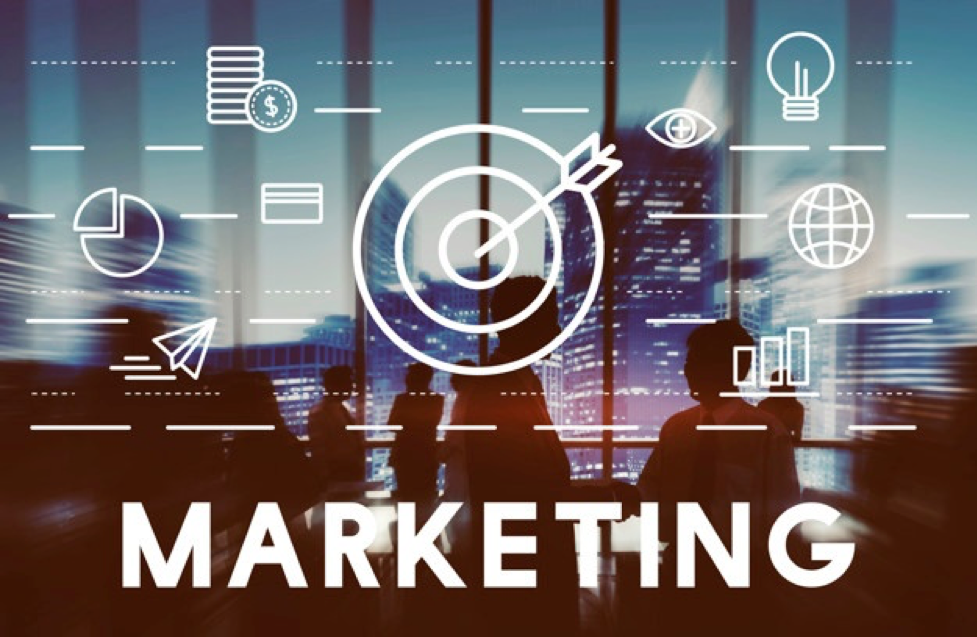
This type of marketing aims to promote your brand and your content on social media. It can be used to increase your brand awareness, increase traffic, and generate leads. Social Media Marketing relies heavily on content being seen and shared by a lot of people, so the more connections or followers you have the better. Fortunately, there are services you can use to aid in increasing these. For example, you can get Linkedin connections here, or use Twitter automation tools online. Once you have a large enough pool of people who view and share your content, it is much easier for your brand to be seen by people who are not connected with you.
Channels used by social media marketing (SMM):
- Facebook;
- Twitter;
- LinkedIn;
- Instagram;
- Snapchat;
Pay Per Click (PPC) Advertising
PPC is a great method of driving traffic to your website. Its essence is that for each click on your ad, you pay a commission to the site owner or service provider.
One of the most common types of PPC is Google AdWords. It allows you to place banner and search ads (contextual advertising). Payment is made using the same system – per click.
Paid advertising channels:
- contextual and search advertising in Google AdWords
- paid ads on Facebook;
- Twitter advertising tweets;
- LinkedIn advertising messages.
Native advertising
The essence of natural advertising is reflected in its name – it fits perfectly into the context of the platform it is hosted on. Native ads do not contrast with the site content and look like “native” content.
A good example of native advertising is BuzzFeed. There is also a widespread belief that advertising on social networks (Facebook or Instagram) is also native.
Marketing automation
Marketing automation involves the use of special software that automates your basic marketing operations. You can save time and labor by automating recurring tasks:
- mailing lists;
- posting schedule on social networks;
- updating the contact list;
- professional development of leads;
- lead scoring;
- control over the results of the advertising campaign and reporting.
Email marketing
Companies are using email marketing as a way to communicate with their audience. Email is often used to promote content, communicate about discounts and events, and direct people to a company website.
What types of messages can you send?
- subscription to news portals;
- regular mailing of letters to site visitors who have already downloaded something;
- welcome letters to new customers;
- holiday promotions for members of the loyalty program;
- tips or a similar series of letters to strengthen customer contact.
Despite the rather long age of this tool, email marketing remains one of the most effective channels for promoting a business and increasing sales.
Online-PR
Online PR provides a large audience reach through digital publications, blogs, and other content sites. It is very similar to traditional PR but in the online space.
To make your PR strategy more effective, digital marketers use:
- PR outreach;
- online reviews of goods and services;
- comments and reviews on websites or blogs.
Inbound marketing
Inbound marketing brings together all of the above marketing tactics. It aims to attract, engage and satisfy customers through content.
Unlike the old method of attracting customers, when companies tried to reach out to potential customers and tell about their products, inbound marketing involves an integrated approach to grab the attention of the target audience by creating and distributing useful content online.
Thus, marketing turns out to be inbound, because thanks to content in different formats and on different platforms, people find your company themselves and want to become your customers themselves.
The process goes something like this:
- The person has a problem that he wants to solve.
- He begins his search for a solution by searching for relevant information on Google.
- He uses Google to find useful articles, research, tips on your blog.
- In the process of interacting with your content, a person realizes that your company is an expert in their field and, moreover, provides a product that could help him solve the problem and help him achieve his goal.
- The person decides to become your client and places an order.
In this way, you can attract hundreds and thousands of customers every day, because, unlike offline marketing, digital inbound marketing is not limited by location or time of day.
Inbound marketing is based on a high – quality content strategy, which directly creates the basis for attracting the attention of the target audience in this way.
This is all made possible by the correct use of digital technology.
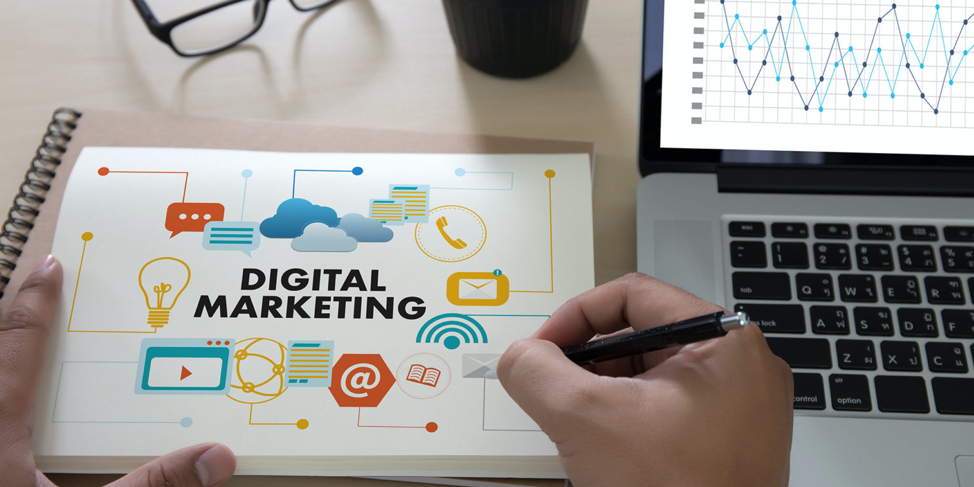
What does a digital marketer do?
Digital marketers are responsible for building brand awareness and generating leads across all of the digital channels a company owns (both paid and free).
These channels include:
- social networks;
- the company’s own website;
- search engine ranking (SEO);
- email marketing;
- display (banner) advertising;
- company blog.
The digital marketer tracks Key Performance Indicators (KPIs) for each of the listed channels. This allows you to adequately assess the performance of the company for each of the marketing tactics.
In modern companies, digital marketing can be done by a variety of people. In small ones, one professional (a kind of universal digital marketing specialist who has knowledge in all areas) can simultaneously master several digital marketing tactics. The larger ones have several specialists, each of whom deals with one or two digital brand channels.
I will give you a list of these specialists.
SEO manager
In short, the SEO manager is responsible for ranking the company in the search results of Google, Yandex, Bing. He takes a multi-faceted approach to search engine optimization and can work directly with copywriters. Working in tandem allows SEO to control the relevance of the content and how well the search engine “reacts” to it. Its main task is to increase the visibility of the site in the search results and, thus, provide more organic traffic.
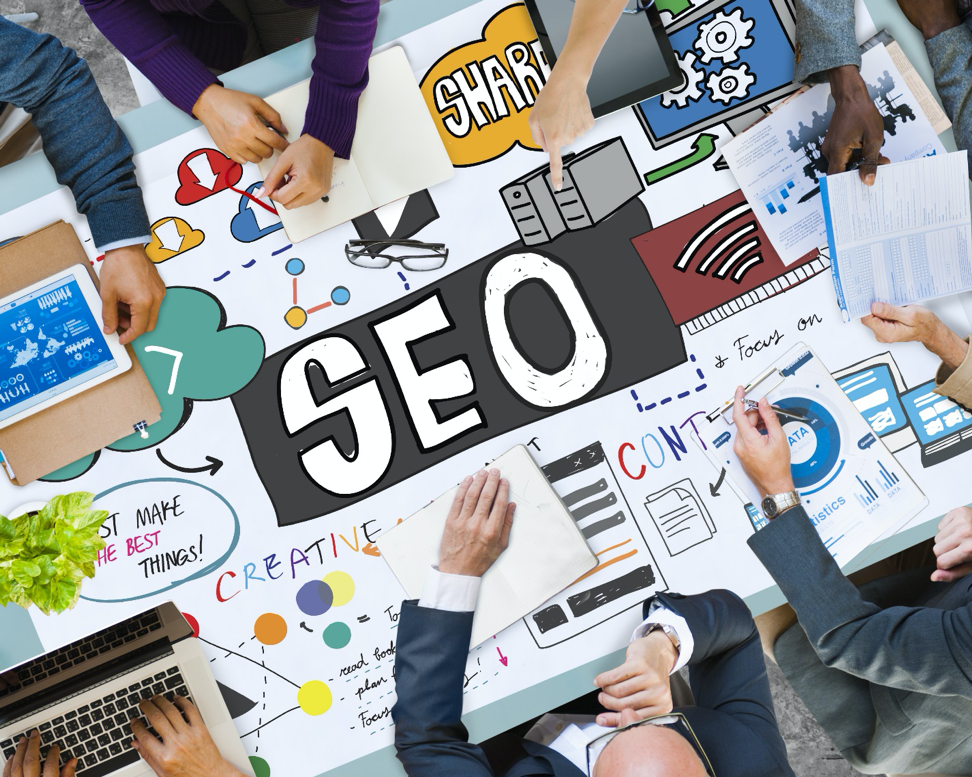
Content Marketing Specialist
Content marketers actually create digital content. They regularly track the content plan and develop a content strategy that can also include videos.
These professionals often work in tandem with people from other departments. This ensures that campaigns are supported by advertising content on each of the digital channels.
Social Media Manager (SMM)
The role of a social media manager is easy to understand from the title. However, what kind of social networks he deals with directly depends on the industry of the company.
First of all, social media managers determine the timeline for publishing a company’s text and visual content.
Also, the SMM can cooperate with the content manager. Together they develop a content placement strategy (for each social network separately).
What business will digital marketing be good for?
Digital marketing works for companies at various stages of development: for a startup or for an established company. Also, these tools are applicable to business in any area.
Regardless of what your company is selling (products or services), digital marketing helps shape a customer profile, which in turn determines the needs of your target audience and allows you to create valuable online content.
But that doesn’t mean that all companies should implement their digital marketing strategy in the same way.
B2B digital marketing
If your company is a B2B business (business to business), then all your digital marketing efforts will be aimed at generating leads online. And, ultimately, to establish direct contact with a potential buyer.
Therefore, the role of your marketing strategy is to generate high-quality leads for your sales force. This is what you will do with your website and existing digital channels.
In addition to your website, it’s wise to use a business-focused channel like LinkedIn as well, because that’s where your target audience resides.

B2C digital marketing
If your company operates on the B2C (business to consumer) principle, your digital marketing strategy will be different. All your efforts should be aimed at attracting people to your site and so that later they become your customers, bypassing direct contact with the seller.
However, do not forget to consider the price point of your product. It largely determines the digital marketing strategy.
B2C marketing doesn’t require you to throw all your energy into traditional lead generation. A more logical tactic is to create an accelerated customer journey. This means optimizing the process itself as much as possible from the moment the client enters the site until he makes a purchase.
For B2C companies, channels like email marketing, Facebook, Instagram and Pinterest are proving to be more valuable than LinkedIn’s business-focused platforms.
What are the benefits of digital marketing?
The main advantage is the ability to build communication with the target audience, where they spend more time. Today it is online.
The Internet is replacing television. If 30 years ago, a TV was the main source of information and a channel for interacting with the world, today, users like to communicate online – through applications, websites and social networks.
Plus, unlike most offline marketing activities, digital marketing allows marketers to see concrete, measurable results in real-time.
If you have placed an advertisement in a newspaper at least once, you understand how difficult it is to track the actual number of people interested in your advertisement. And there is no reliable way to know if this ad triggered a sale.
With the help of Digital Marketing, you can realistically estimate the ROI (return on investment) for literally every marketing area. If you want to see the real ROI data today for all your digital marketing campaigns check www.wickedreports.com.
And here are some examples:
Website traffic analysis
Digital analytics software allows you to see the exact number of people who have viewed your site’s homepage in real-time.
Among other analytics data, you can also see how many pages they visited, what device they used and, in fact, where they came from (from which resource).
This data will help you prioritize correctly. You will understand which marketing channels you should spend more money on and which ones should spend less. This will optimize your budget and processes to improve the effectiveness of your brand promotion.
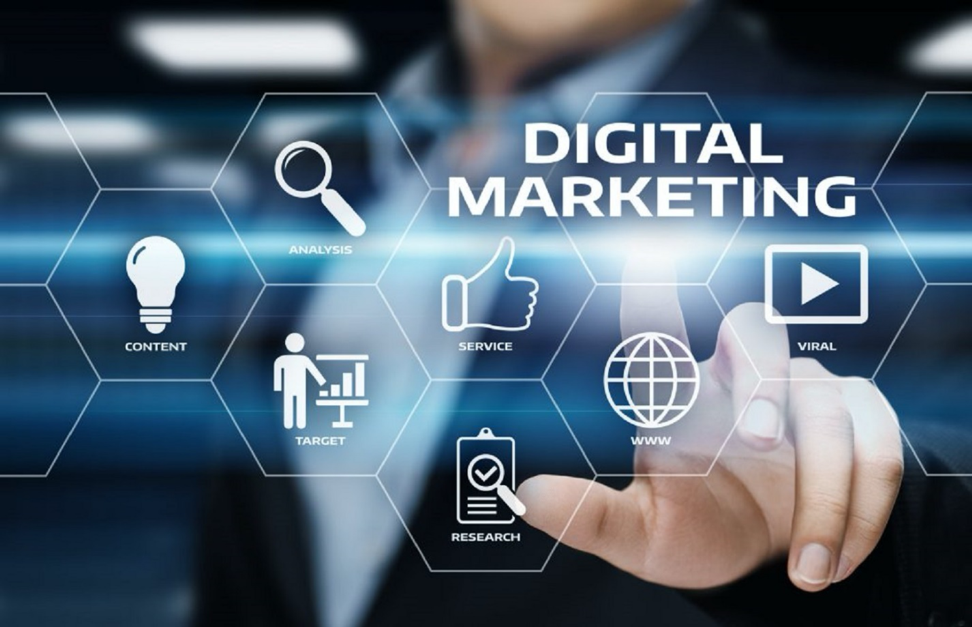
Effective content and lead generation
Imagine you’ve created a brochure about your product and mailed it to people you consider potential customers. So, this brochure is also a form of content, but offline.
The only problem is that you never know how many people opened your brochure, and how many immediately threw it in the bin.
Now imagine that you have posted this brochure on your website and sent it out by email. And you can see how many people viewed it, how many people followed the link and how many people were interested in your offer.
In addition, you can know not only how many people have done this or that action, but also who these people are. You can track the gender, age, location and interests of these people.
All of this data will help to improve understanding of your target audience and improve further marketing campaigns.
Attribution Modeling
An effective digital marketing strategy combined with the right tools and technology allows you to track all of your sales, right down to the first digital contact of a customer with your business.
The tools and technologies I’m talking about are called Attribute Modeling. It allows you to track how people interact with your content or site and buy your product. This helps you make more informed decisions about your marketing strategy. Namely, which of its areas deserves more attention, and which elements of your sales cycle need to be improved.
Types of digital content you should create
The type of content you create directly depends on the needs of your audience at different stages of the customer journey. Therefore, start by creating a customer portrait to define your audience’s goals and objectives and how your company can help your audience reach them.
Basically, your online content should help people achieve these very goals and solve their problems.
Now, you need to think about at what stage of the customer journey people will be ready to perceive your content in the best way. This is called content mapping.
With mapping, your goal is to get the content right. He must consider the following factors:
- characteristics of the person to whom it is intended (and here the portrait of the client will be very useful to you);
- how close the person is to make a purchase?
In terms of the format of your content, there are many different channels you can use. I’ll show you some of them so you can apply them every step of the way.
Here are some options that I recommend using at each stage of the customer journey:
Awareness stage
- Blog posts. Combined with a strong SEO strategy and using the right keywords, plain text articles are great for increasing organic traffic;
- Infographics. People love visual content because it looks interesting and accessible. Infographics greatly increase the chances of being found on social media because people love to share this kind of content on social media;
- Short videos. They are very helpful and will help your brand find new audiences if you host them on platforms like YouTube.
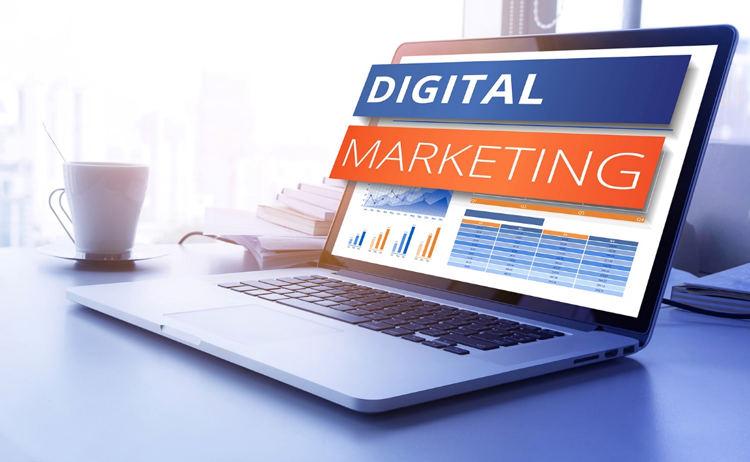
Consideration stage
- eBooks are a great option for generating leads. They are more informative than blog posts or infographics, which means that people are more willing to provide data about themselves in exchange for the opportunity to download the book;
- Research is useful content that is also effective for lead generation. Research reports and new data about your industry are also relevant at the public awareness stage, as they often make it to the media or trade press;
- Webinars. They are a more detailed interactive form of video content. This format is very effective at this stage, as it is much more informative than a blog post or short video with a low level of interaction with the audience.
Decision stage
- Case studies. Having detailed case studies on your website can be an effective form of content as well. Especially for those people who have already come close to making a purchase decision. Research data can be the deciding factor for purchasing a product.
- Reviews. If case studies aren’t right for your business, a quick website review is a great alternative. If you’re a B2B brand, get more creative with your review process. Let’s say you are in the clothing business. Then you can post photos of customers in your clothes. To collect such photos, we need Instagram and a branded hashtag. And now there is a ready-made social proof.
How soon will the content pay off?
When resorting to digital marketing, people often expect to see results much faster than offline marketing. Being able to control your ROI gives you hope for earlier fruits of your labours.
But in fact, the speed and quality of the results obtained directly depend on the scale and effectiveness of your digital marketing strategy.
If you work hard to create a client portrait, identify the needs of your target audience and create really high-quality content, you will get the bounce back faster. It is likely that some pretty powerful results will appear within the first six months.
If paid advertising is part of your digital strategy, you will see results even faster. However, I still recommend focusing on getting organic (free) audience reach through SEO and social media. Only this approach ensures long-term and sustainable success.
Does digital marketing have a big budget?
I’m not going to tell you anything new – it really depends on what digital marketing elements you want to add to your strategy.
If you’re using inbound marketing technology (SEO, social media, and content creation for an existing website), you don’t need a big budget.
The bottom line is that this type of marketing focuses on creating high-quality content. Content that your audience will want to “consume” and that they will want to share with others. Therefore, if you are not planning to outsource this part of the work, the only investment you will need is your personal time.
Outbound marketing or outbound marketing (online advertising, buying mailing lists, etc.), on the contrary, involves some costs. Their size depends on how much visibility you want on the Internet with the help of ads.
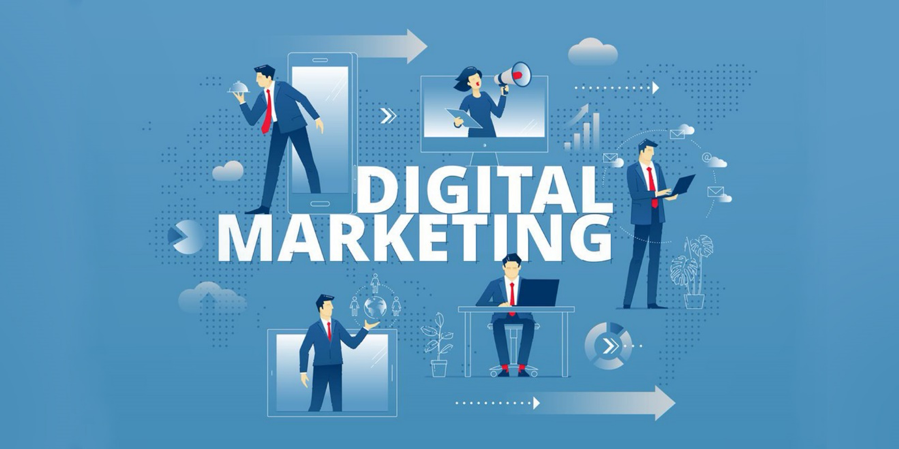
How does mobile marketing fit into a digital marketing strategy?
Mobile marketing is one of the key components of digital marketing. In fact, smartphones account for 69% of all time spent consuming digital content. These are global statistics.
This means that it is vital for you to optimize your digital ads, web pages, social media images and other digital assets for mobile devices.
People who interact with your company online via mobile devices should have the same positive experience as they would when using the desktop version.
There are many ways to optimize your digital marketing assets for mobile users. Whichever digital marketing strategy you are implementing, you must consider how it will look on mobile devices.
Only when you achieve high-quality display on both desktop and mobile will your digital technology be able to deliver the results you expect.
Conclusion
Outdoor advertising and digital television are losing their positions every day, more and more. The Internet provides endless opportunities for growth and development for any type of business. And even one that seemed 100% offline.
Detailed analytics and the ability to reach a wide audience, without borders, speaks of the total advantage of digital marketing. And this is increasingly being proven in practice by companies from different industries.
Therefore, if you are not yet using these tools in your business, then you should think about revising your approaches and start right now.
There are many advertising and marketing agencies that you can turn to for help.
They are ready to share their experience and help you implement your marketing strategy. These agencies provide different services and help you avoid mistakes that you can make due to lack of experience.
But this does not mean at all that all aspects of digital marketing cannot be mastered independently. It only takes time and desire.
By understanding the basics of digital marketing and knowing what digital marketing is, aka digital marketing, or just digital and knowing how the main digital marketing channels work, you can move on to developing a strategy that will help you effectively promote your business on the Internet.

